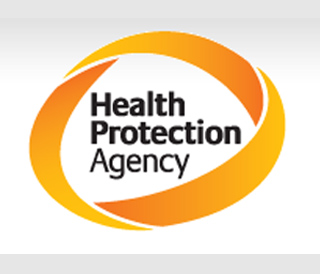
The bacterial specimens that were obtained from patients and developed in the lab seemed to show reduced susceptibility in 17.4% of the instances in 2010 relative to 10.6% in 2009. Around 2005, no gonorrhoea bacteria with less susceptibility to cefixime were observed in the UK.
Due to this drop in the effectiveness of cefixme, sexual health physicians are now recommending ceftriaxone which is a combination of 2 drugs and seems to be more effective too. It is supposed to be administered through an injection and azithromycin is consumed orally.
Professor Cathy Ison, a gonorrhoea expert at the HPA, specified, “Our lab tests have shown a dramatic reduction in the sensitivity of the drug we were using as the main treatment for gonorrhoea. This presents the very real threat of untreatable gonorrhoea in the future.â€
He added that even this new antibiotic may develop resistance in due course and there is a possibility of having no cure for gonorrhoea. Many patients tend to feel nervous about receiving an injection, but experts believe that this is the right method to prevent treatment failure.
Patients who reject this idea could be given oral antibiotics. The study also outlines the importance of safe sex as the only way to counter this issue in case new antibiotic options are not available.
